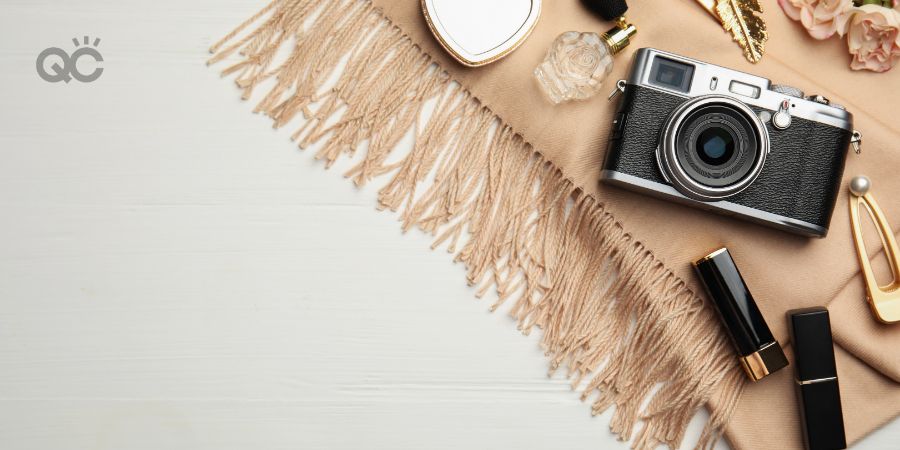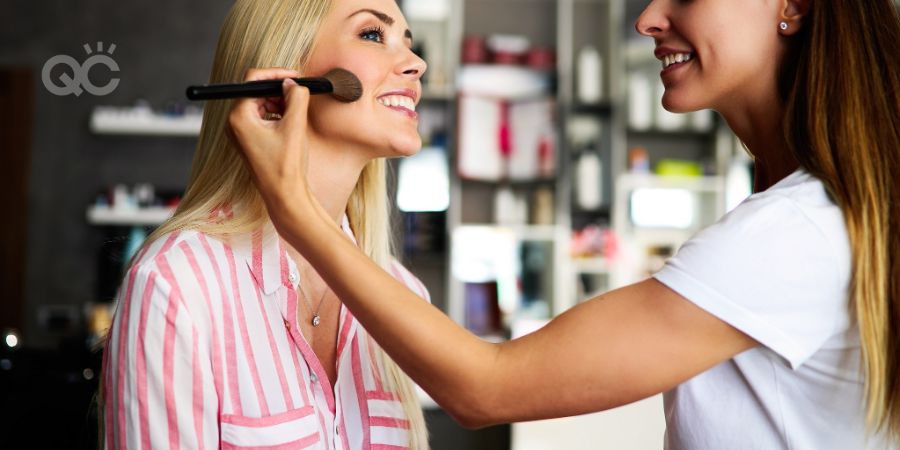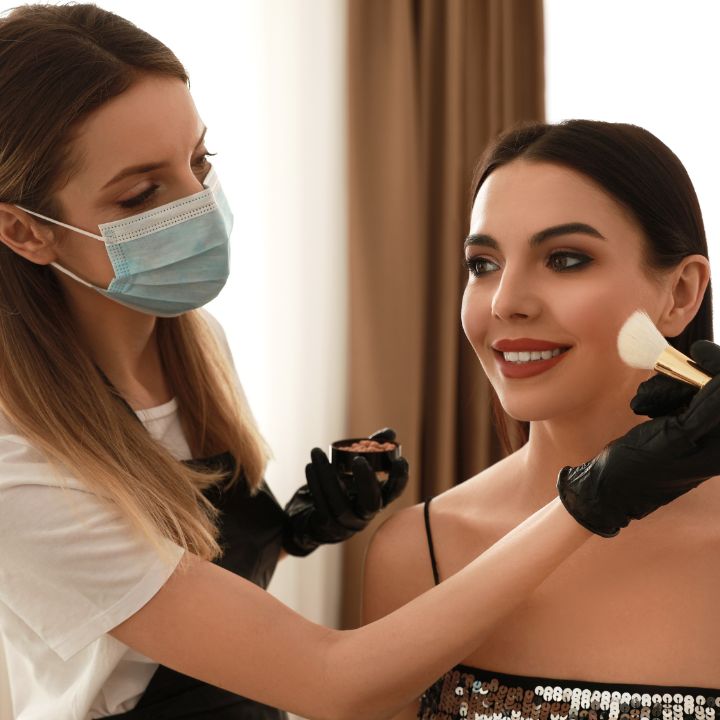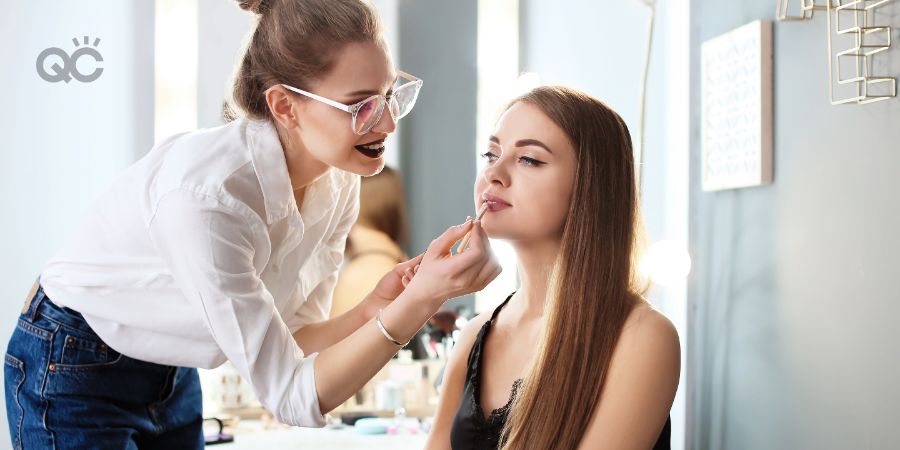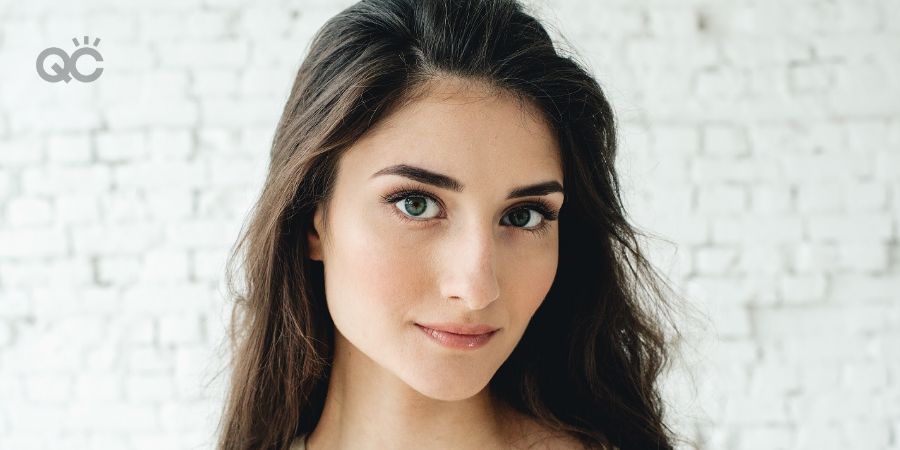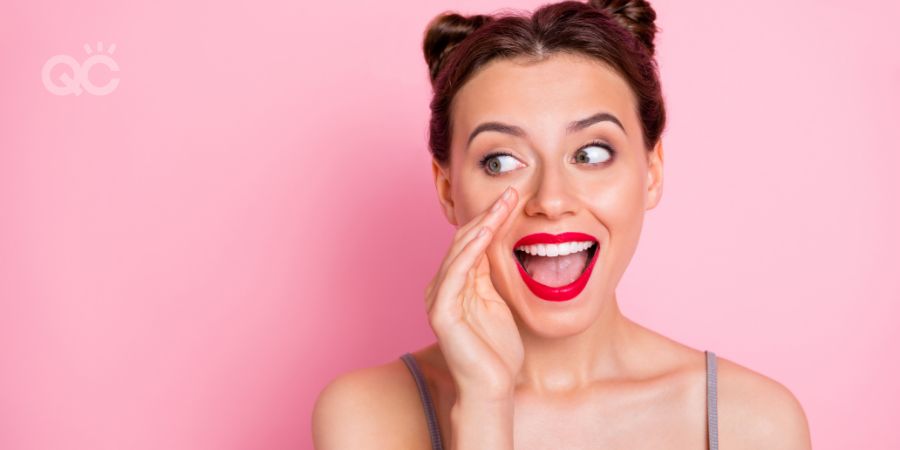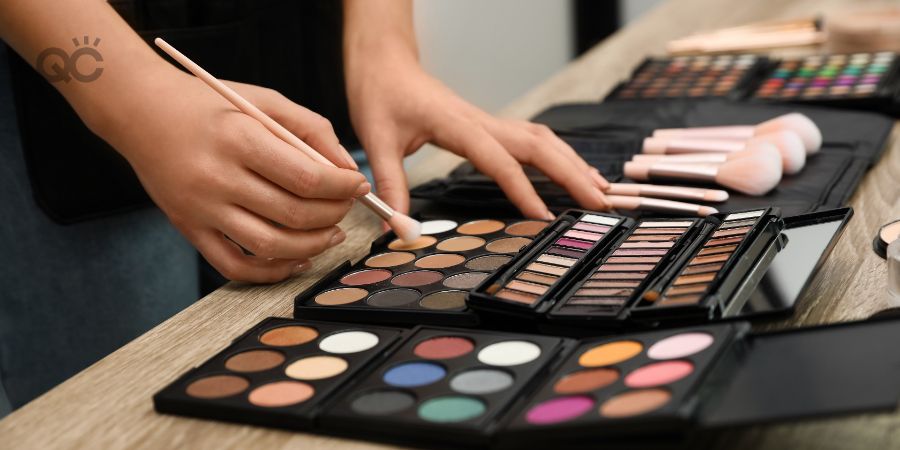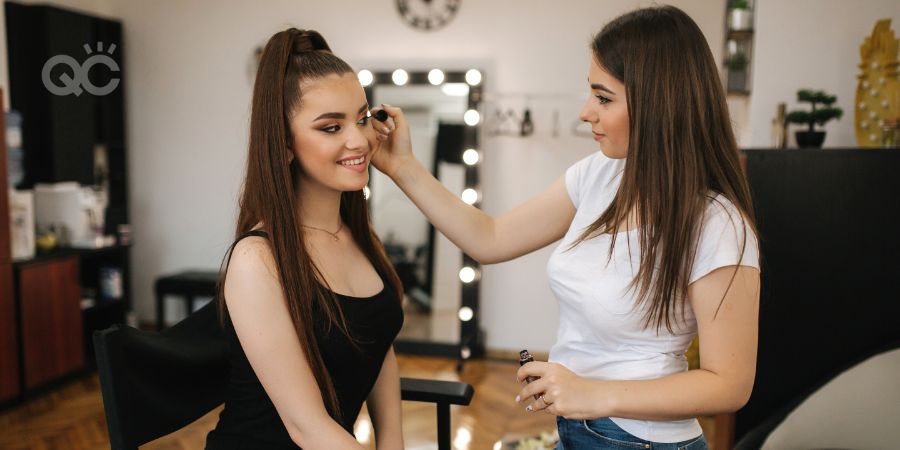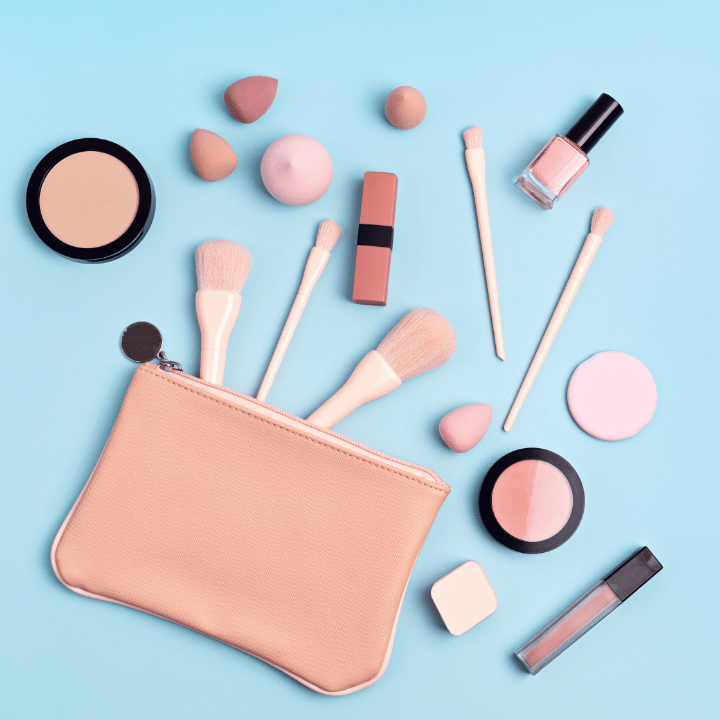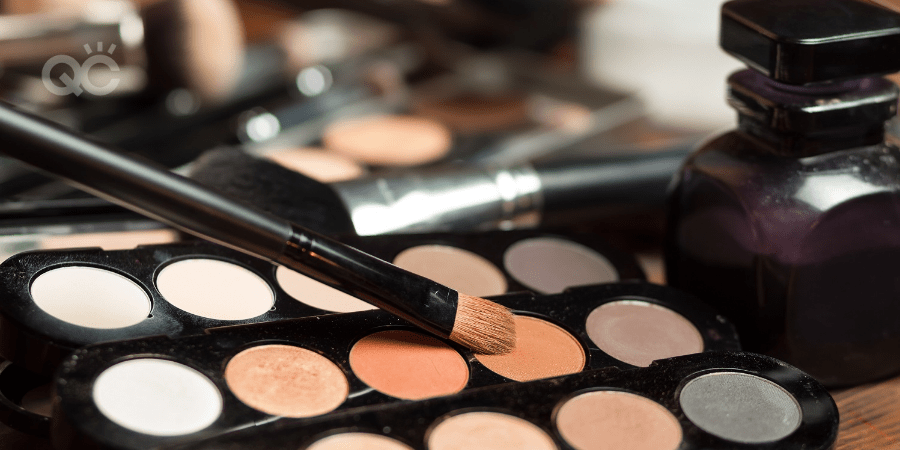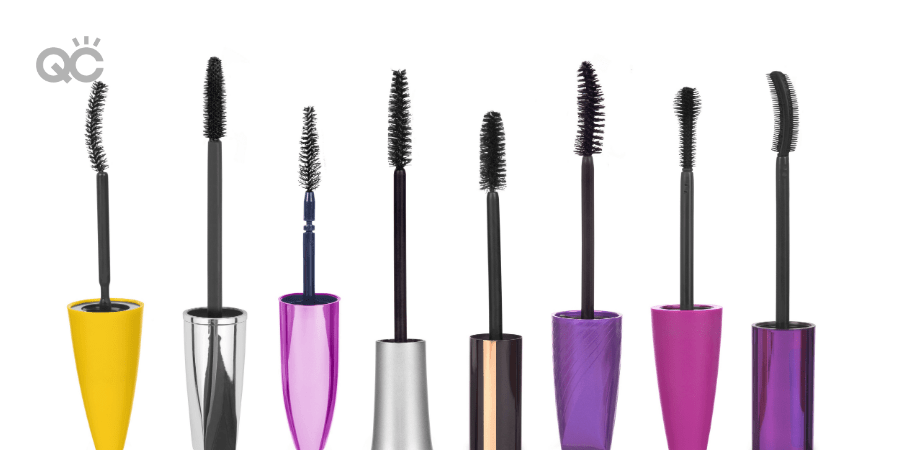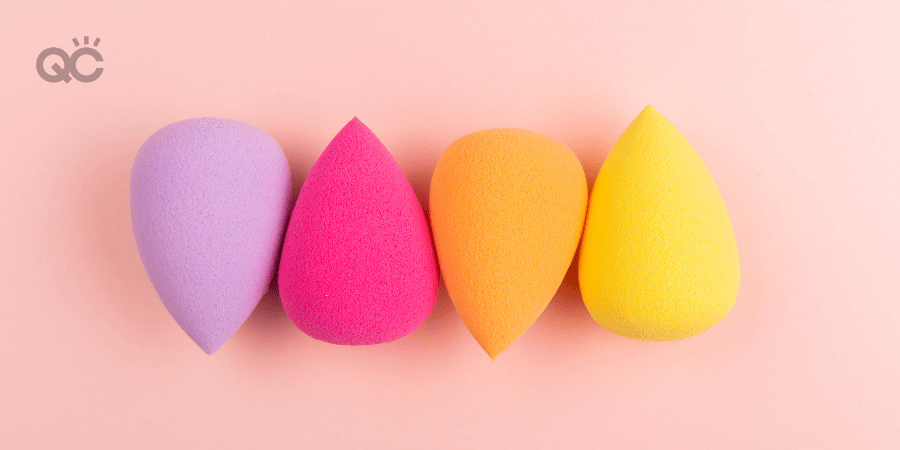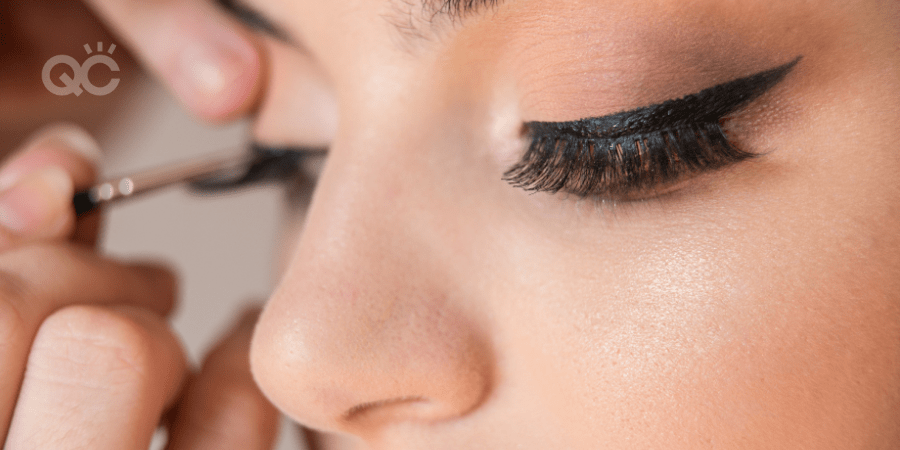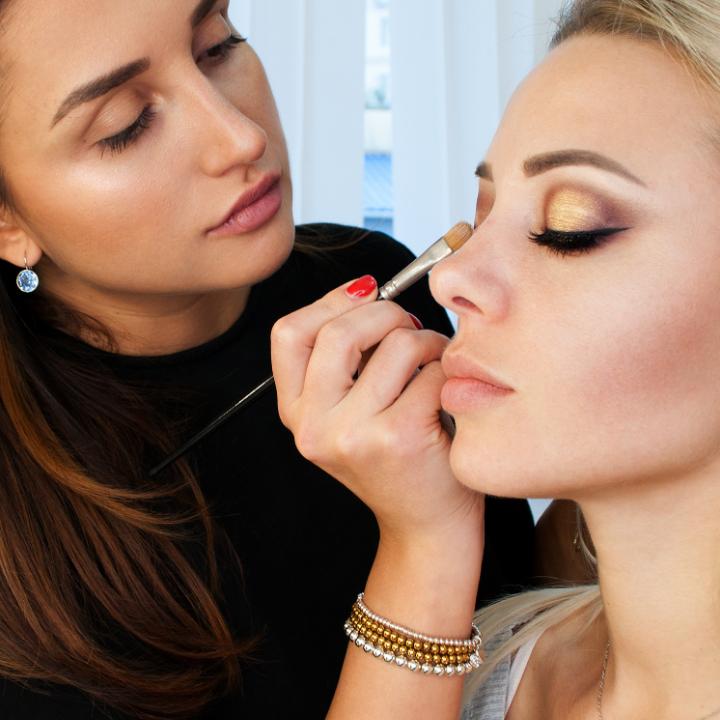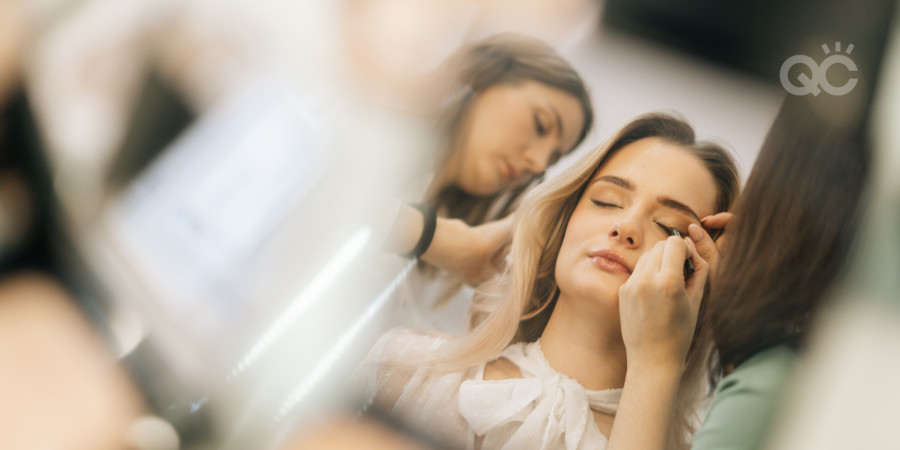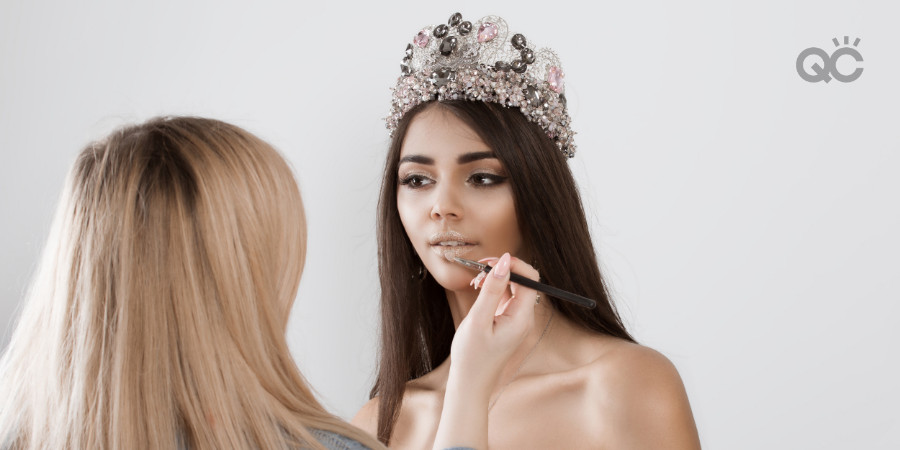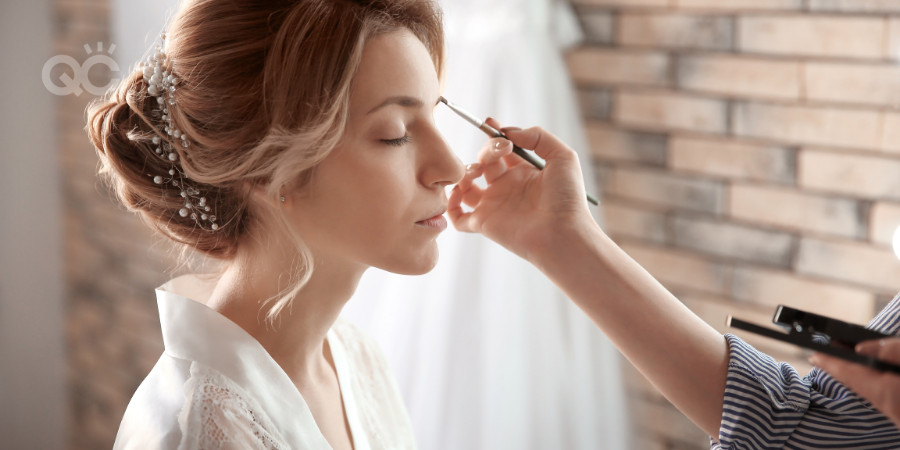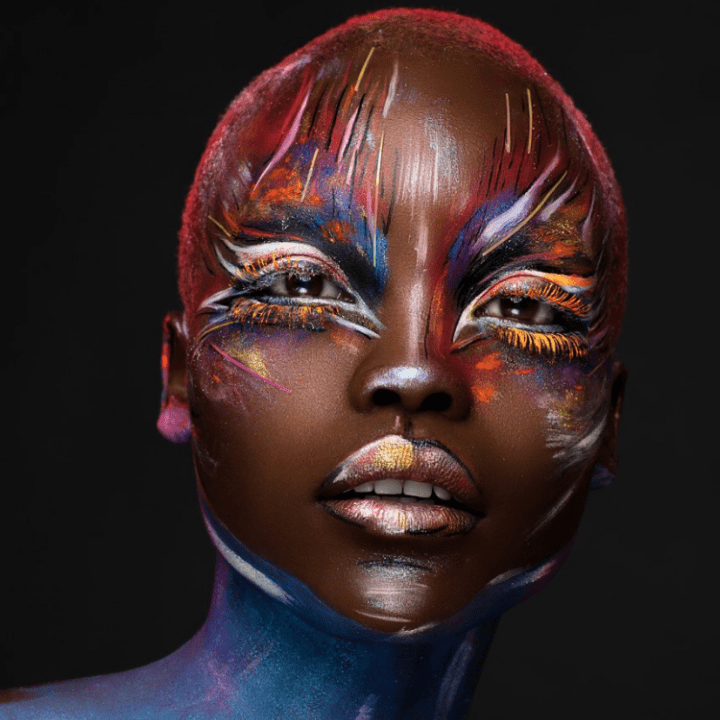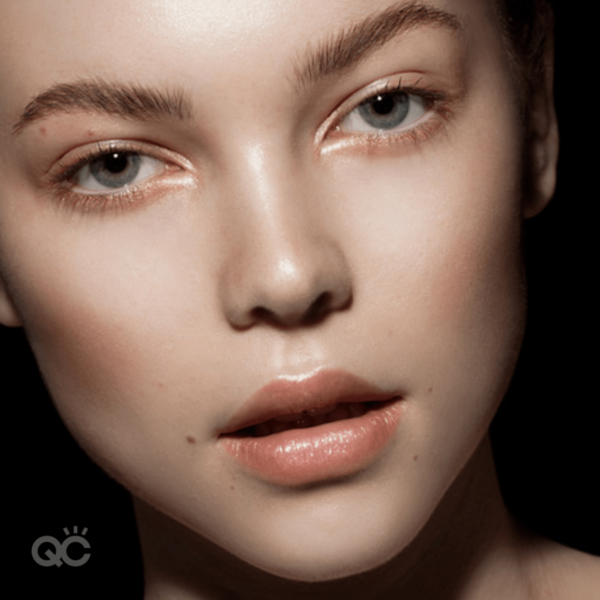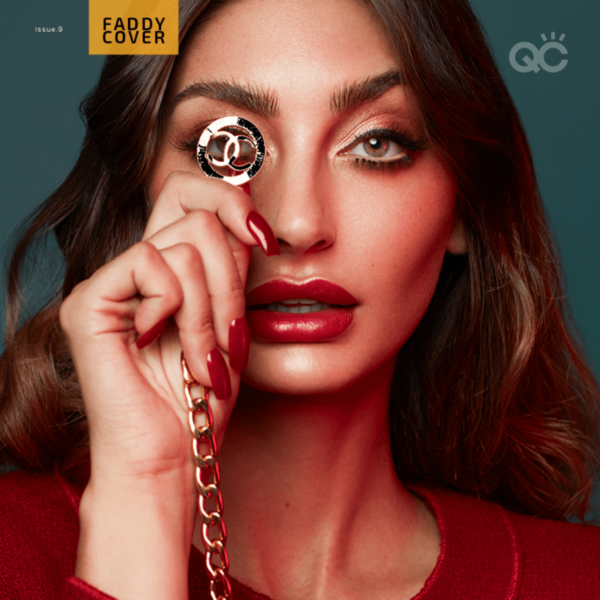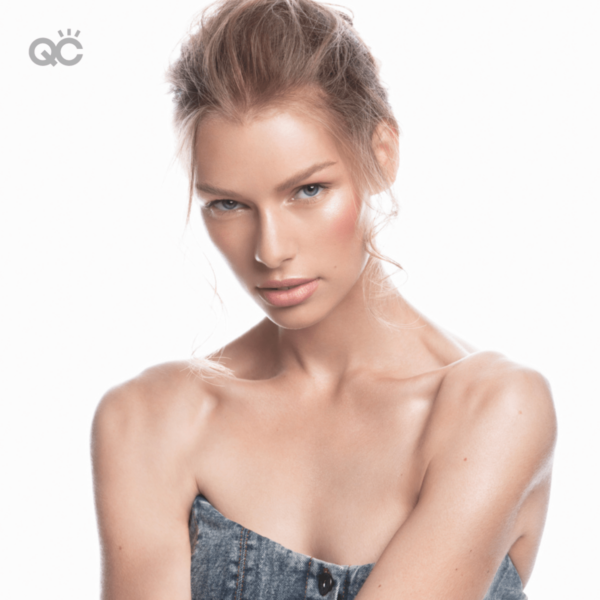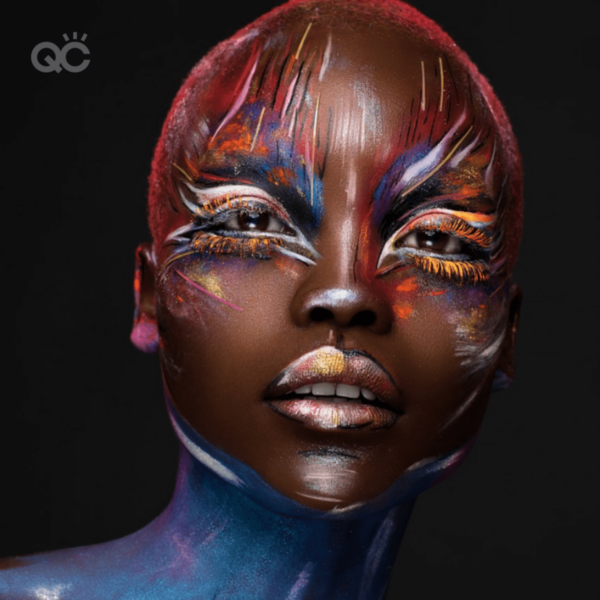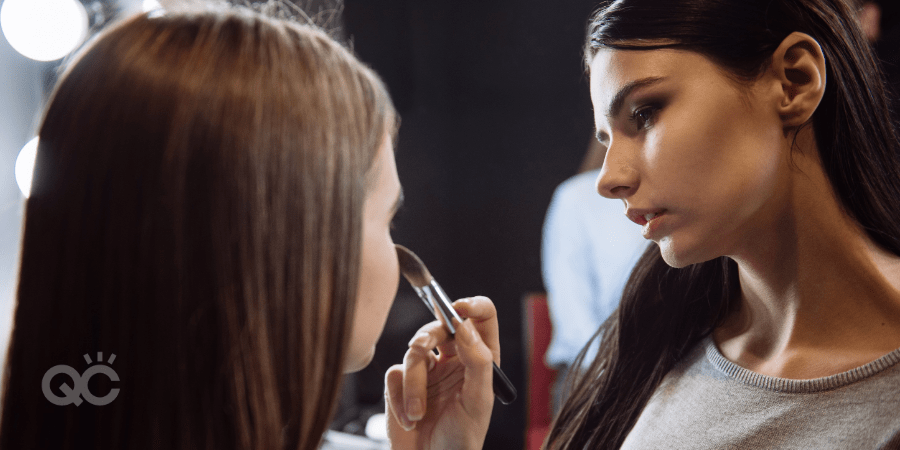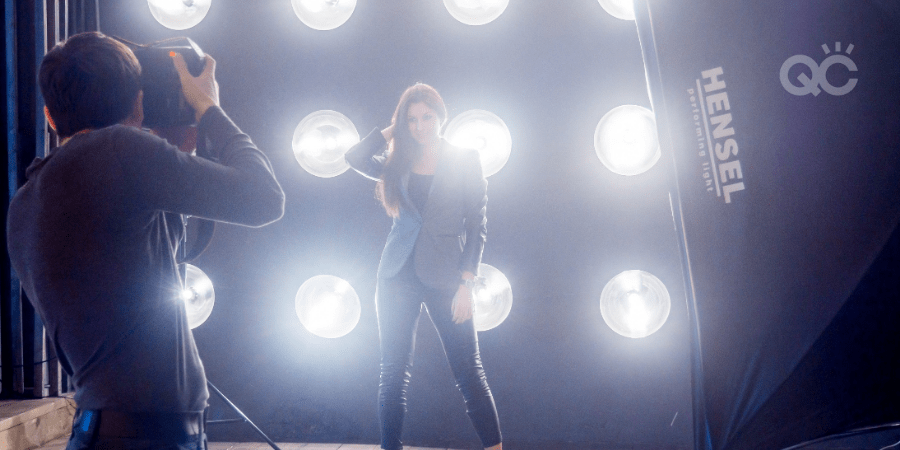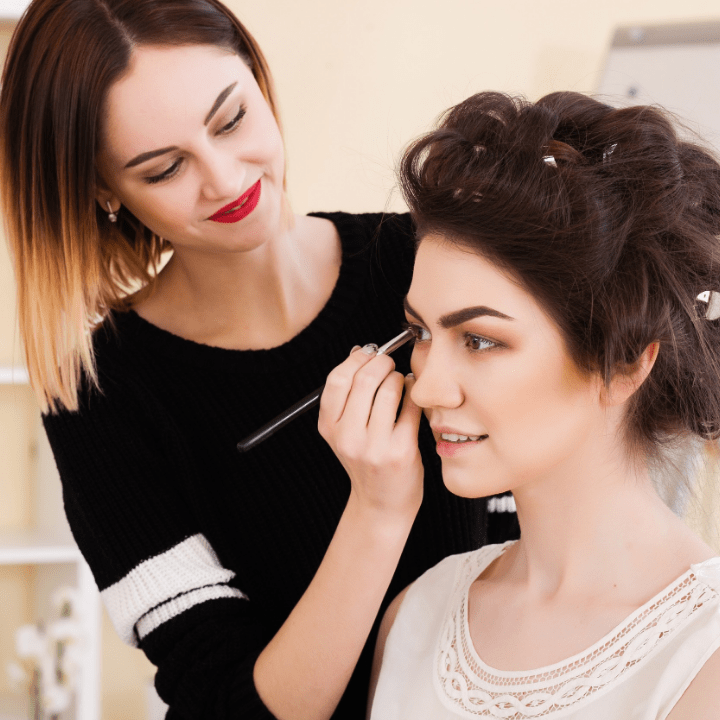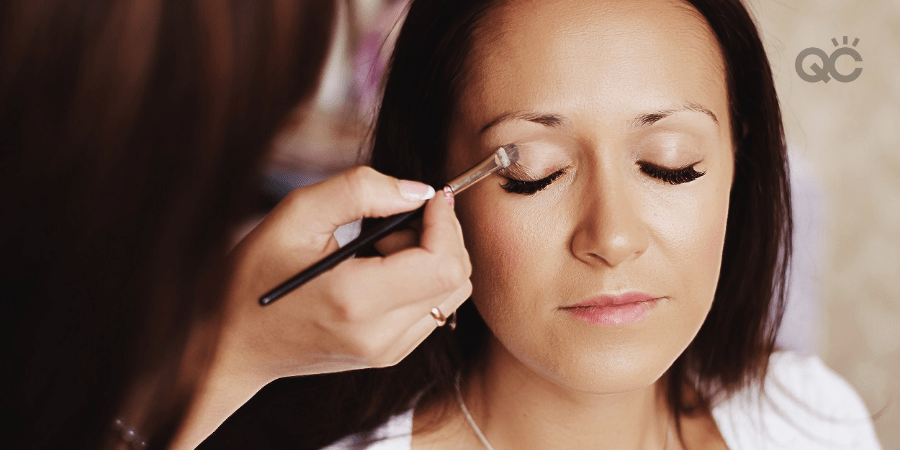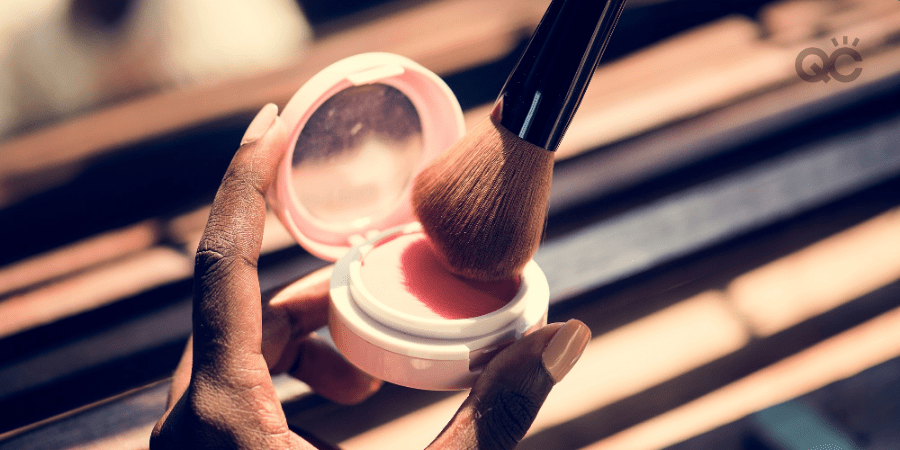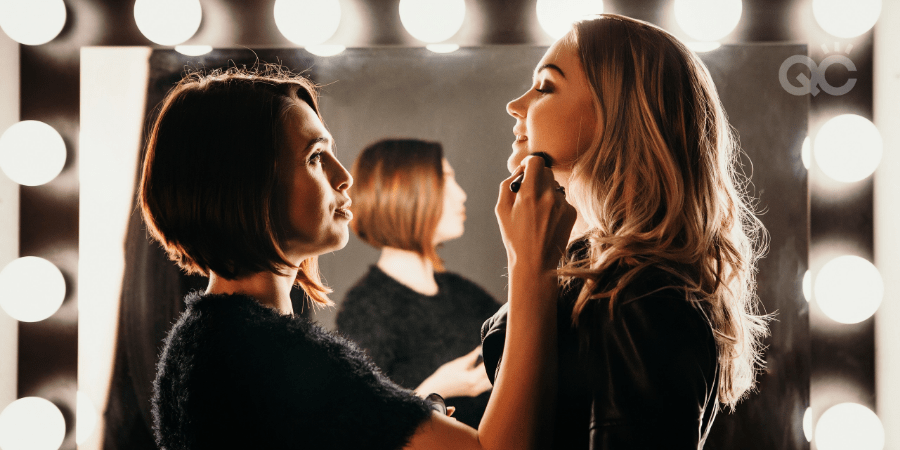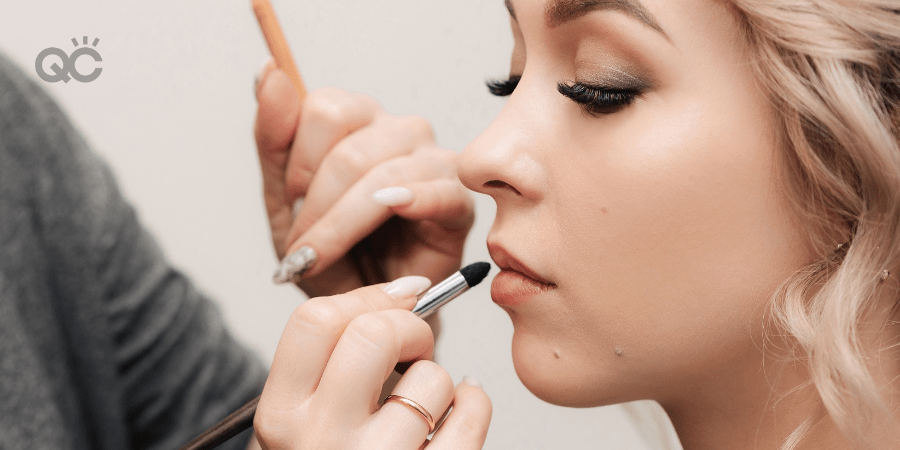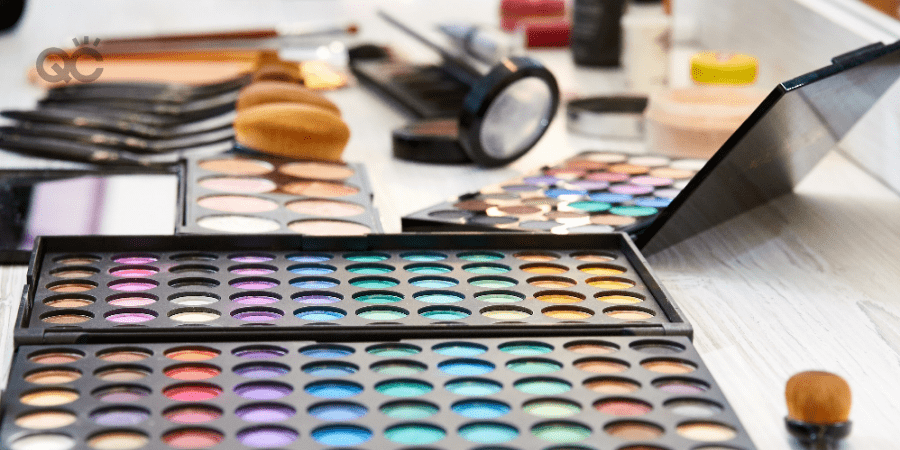
Want to rock your makeup artist jobs each and every time? Then this list of DOs and DON’Ts was made especially for YOU!
Charlotte Ravet is the proud owner of her very own hair and makeup business, A Date with Charlotte. Her extensive resume includes working for Prada, L’Oreal, and even the cast of the hit show, Glee! A developer of educational programs, Charlotte has even been awarded Best Makeup Educator of the Year by the Australian Industry Makeup Awards.
From Makeup Training to Makeup Artist Jobs
After completing your makeup certification training with QC Makeup Academy, you’ll have learned all the skills and techniques needed to succeed in your dream career! From there, it’ll be time to find clients and start booking professional makeup artist jobs!
As much as you might feel confident in your makeup skills, you’re going to feel quite a bit of pressure when you go to your very first job. Don’t worry, this kind of anxiety is totally normal and to be expected. For instance, you might be wondering:
- What should I wear?
- Who should I talk to?
- How should I speak with my clients?
- What can I do to ensure a great first impression?
Professionalism is a universal concept. But when it comes to a creative industry like makeup, the rules can be slightly different. It can be tricky to understand what the right etiquette is when you’re on a job.
Luckily, I’ve got you covered! Here are 3 things you should never do during makeup artist jobs – and the 3 things you need to do instead!
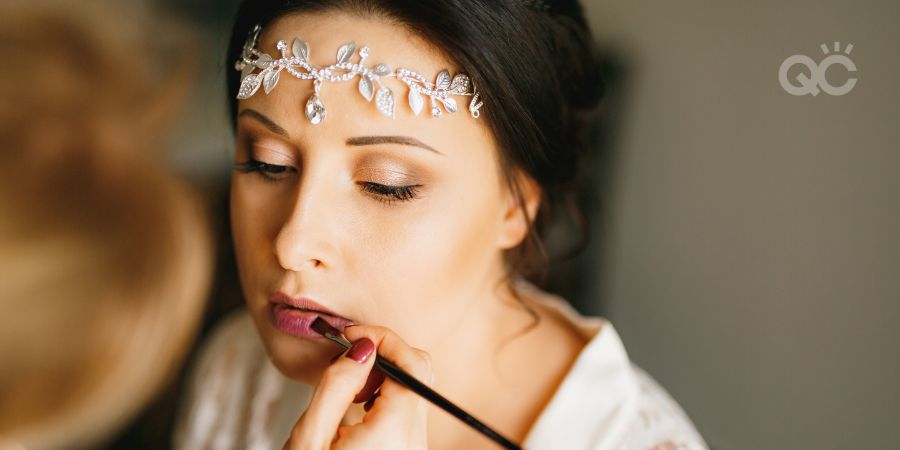
3 DOs and DON’Ts for Makeup Artist Jobs
DON’T: Be late, wearing inappropriate clothing, and/or have a lousy attitude!
Let’s be real… Do I really need to explain why doing ANY of these things can majorly hurt your reputation?
DO: Arrive on time and make the best possible first impression at your makeup artist jobs!
Start with the basics! Arrive on time, with clean clothes and a clean makeup kit. Ensure that your breath is fresh, your nails are clean, and that there’s a smile on your face! It sounds simple, but these things alone make up a LOT of what people will expect from you right off the bat. First impressions always matter!
Firstly (and I can never stress this enough): always make hygiene your top priority! Looking professionally groomed and having a clean makeup artist kit is mandatory to ensure a successful start to your career. For example, imagine that you made an appointment at a hair salon, only to show up and discover that the place is filthy. Chances are, you’ll have a bad opinion of their services!
In the same way, both your kit and your appearance are the windows of your business. Since you’re working in an artistic industry, tattoos and colored hair are tolerated (sometimes, even common). However, personal hygiene is still a must!
Next, arriving on time is also extremely important. This is because the makeup artist is always the first one to kick off the day’s events, whatever they may be. Arriving late can delay a whole production or put the bride under pressure on her most important day. Moreover, showing up late will definitely make you appear unprofessional. In turn, this can negatively impact your ability to book future makeup artist jobs.
Last, but definitely not least, always remember to put a smile on! No one will want to work with a Negative Nelly. If, however, you’re known for your infectious smile, your friendly demeanor, and your positive outlook, everyone will want to collaborate and benefit from your expertise.
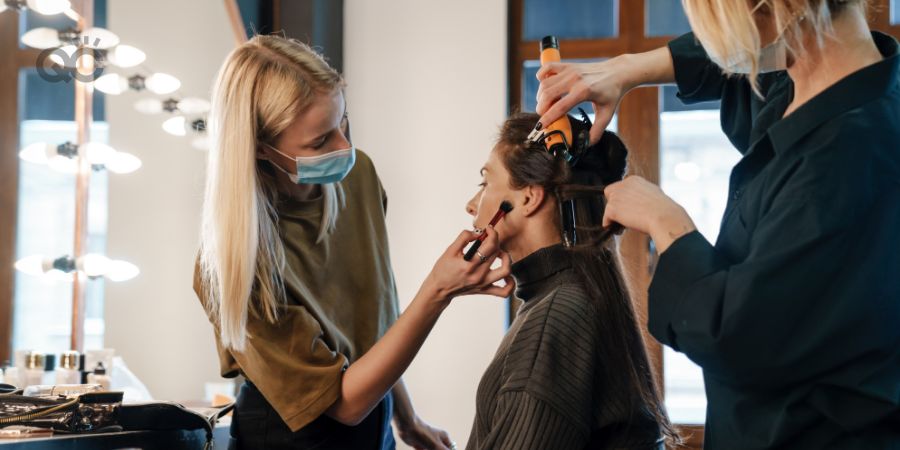
DON’T: Show up to makeup artist jobs unprepared!
Because you put the time and effort into your professional certification training, you’ll have learned everything you need to know about being properly prepared for makeup artist jobs. After all, if you arrive at a booking and don’t know what you’re doing, it’s going to be obvious to everyone around you. In turn, this is bound to make you seem unprofessional.
An unprofessional makeup artist isn’t a makeup artist that others will want to work with again. So, if you’re goal is to book as many clients as possible and sustain a thriving career, always ensure that you do everything you can to be as in the know as possible!
DO: Be as prepared as possible!
As part of your makeup training, you created face charts, conducted research, and explored the depths of your own creativity. The exact same goes when working on makeup artist jobs! Knowing who you should talk with, as well as who you will be applying makeup on, is very important.
Studio Makeup Artist Jobs
If you’ll be working in a studio, you’ll receive a call sheet with all the names of the talents and crew. Don’t simply take the call sheet and put it aside. Rather, go over it thoroughly and familiarize yourself as much as you can with everyone’s names! And if you haven’t been provided with that information? Research the previous work of the director and/or photographer! This will help you better understand the lighting, who the talents are, etc.
No, you won’t be expected to know everyone – but making a bit of conversation with the talents is always appreciated. Having a bit of history about them always makes it easier. Plus, by doing some research, you can also see previous examples of their makeup looks. Knowing the previous work from the photographer or the director will also help you to better understand the artistic direction of the project.
Private Makeup Artist Jobs
If you’re doing makeup for a private client, try setting up a client consultation before the appointment. This consultation will allow you to thoroughly know and prepare for the exact types of look your client is after. Do not hesitate to ask all the necessary questions prior to the makeup job! The more prepared you are, the smoother the day will be.
Moreover, always confirm with the team or the client that there are lighting and power sockets accessible in your workspace. Also, check the weather if you are doing hair in addition to makeup. Rain or humidity can ruin a hairstyle or makeup application all too easily! So, take it into consideration when creating the looks.
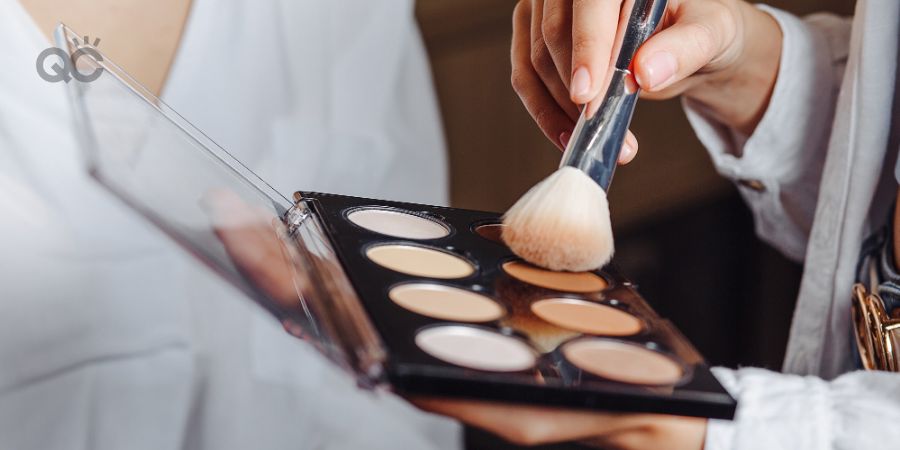
DON’T: Rely on a verbal agreement when deciding the budget for your services!
We are sometimes shy when it comes to talking about money. However, this is an absolute must! Of course, as a freelancer, the fear of losing a client because of the quote is very common. It’s always hard to know what your client is expecting to pay. Furthermore, if you’re bookings have been a little quiet, the pressure of not having upcoming work coming can make the temptation of working for less money that much stronger.
But that being said, it’s important to know your value and stick to your guns. Sure, some flexibility can be granted on a client-by-client basis – so long as you’re still getting fairly compensated for the work expected of you. Ultimately, though, your rates are set as they are for a reason: because they reflect your advanced skill-set, professional brand, and time spent getting trained to that high standard. The right clients will understand your value and be willing to pay for what you’re worth.
Lastly, never make the mistake of assuming all parties agree to your rates and rely solely on a verbal agreement. Otherwise, things can potentially get messy and/or complicated later on in the process.
DO: Get your budget approved in writing!
Once it has been determined what amount your client should be paying you for your work, ALWAYS get it in writing. Moreover, have the client read it over and sign it. That way, there’s a paper trail of the terms all parties have agreed upon. This will give you security in the unfortunate event that the client ever tries to pay you less when the time comes.
How to Negotiate the Budget During Makeup Artist Jobs
The truth is, negotiating is part of the job. If you don’t believe in yourself and set your prices with confidence, no one else is going to do it for you! So, here are a few tips to negotiate smoothly with your clients and secure your prices:
- Always look busy. It doesn’t matter whether you’re totally booked, or you have no makeup jobs planned for the next 3 weeks. Always say, “Let me have a look at my calendar,” when someone calls you! Being busy tells others that you’re in high demand. As a result, people will want to work with you! From there, then you can negotiate…
- Set your prices. Stop asking yourself what your client is willing to pay! Set your prices based on your experience, area, and the quality of the products you use. Then it’s just a matter of sticking with it! Whether you wish to list your service rates on your business website or not is up to you. But you should have a half-day and a full-day rate, along with individual prices for private clients. That’s it! If your client has a set price for the job which he/she communicates to you directly, it’ll then be up to you to take it, negotiate a higher rate, or decline the makeup artist job.
- Again, confirm all agreements in writing. Once you’ve agreed on the makeup job requirements and fees, confirm everything by email. When the job is completed, send the invoice right away. What’s more – don’t forget to include terms and conditions for late payments in your contract. Unfortunately, the odd client will try to swindle you from time to time. Protecting yourself and being organized will avoid disappointments.
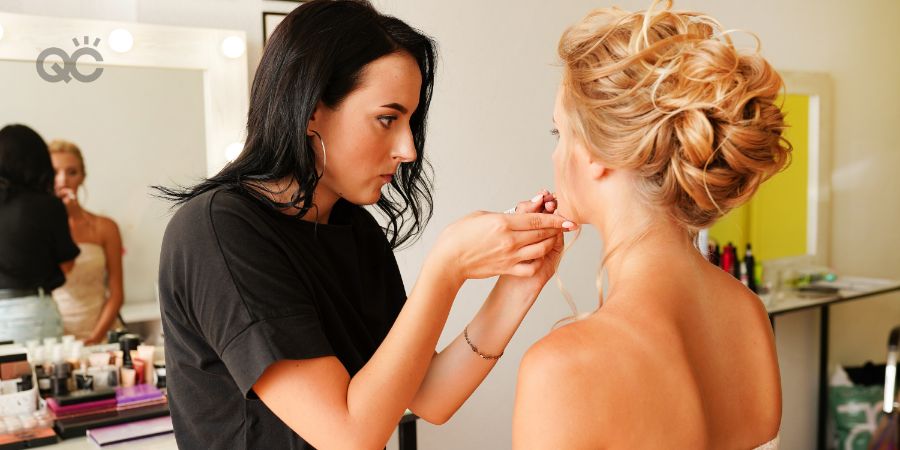
When you work as a freelance makeup artist, you are your own boss! While that is fantastic, it admittedly requires organization and professionalism at all times. Of course, we all learn from our mistakes – but setting up the correct rules from the start will help to start your dream job safely, navigate makeup artist jobs with success, and enjoy the experience to its fullest extent!

